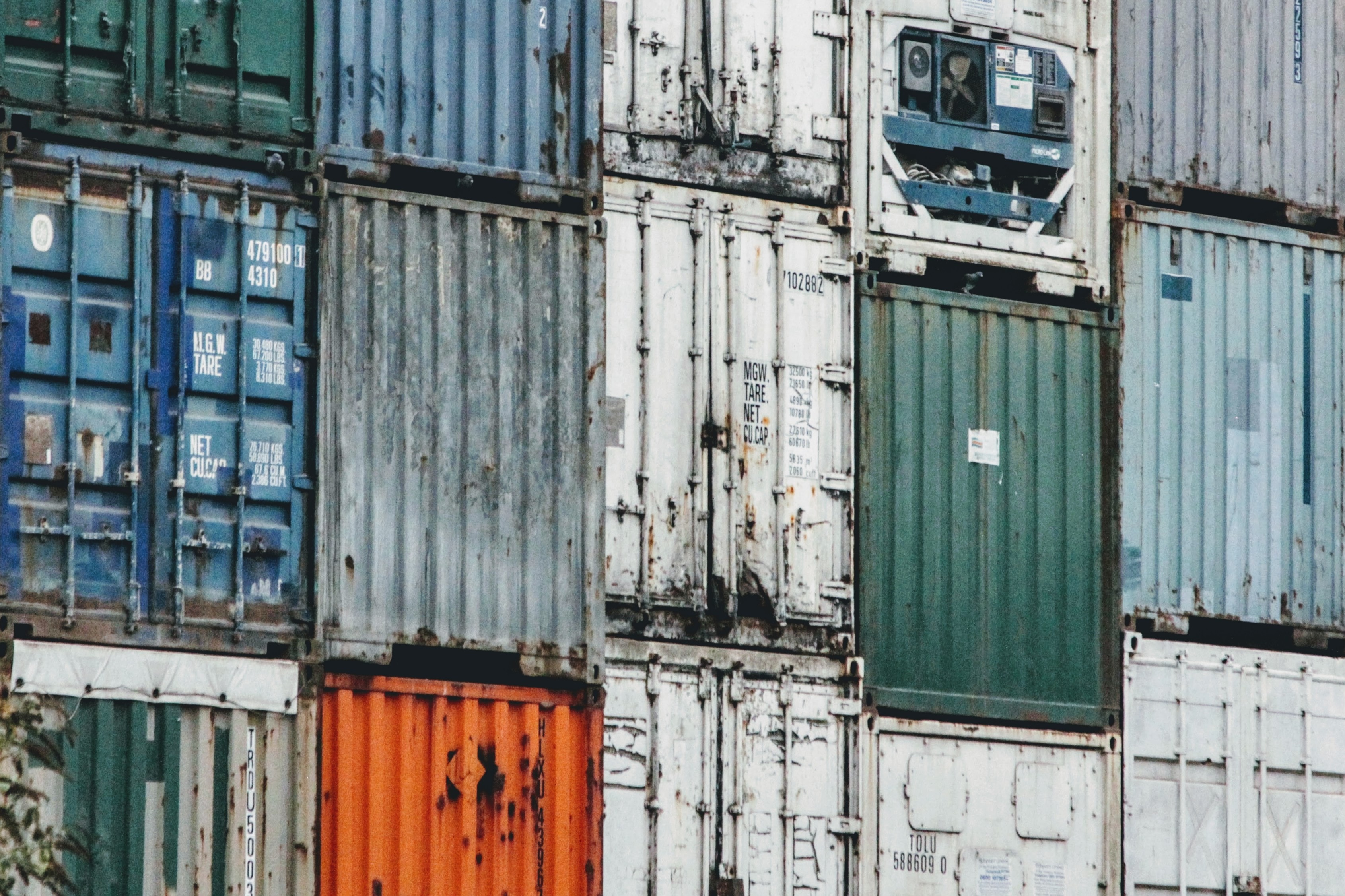Identify and Apply Rules of Origin
Rules of Origin for FTAs: Qualifying Products for Preferential Tariff Treatment
I. Free Trade Agreement Rules of Origin Types
Rules of origin (ROOs) are used to determine if products are eligible for duty-free or reduced duties under the FTA rules even though they may contain non-originating (non-FTA) components.
- The rules determining country of origin can be very simple if a product is wholly grown or manufactured and assembled primarily in one country. However, when a finished product includes components that originate in many countries, determining origin can be more complex. Rules of origin can be very detailed and specific, and vary from agreement to agreement and from product to product.
- If you are unsure of your product’s qualification or if past shipments have been questioned by the FTA destination customs authority, you can make an appeal. All FTAs have a mechanism for requesting a binding advanced ruling on the goods by the destination customs authority. Consult the specific FTA for this process and contact information.
II. Where to Find Your Rules of Origin
Rules of origin (ROOs) are listed in FTA agreements by HS product classification numbers: Australia, USMCA, Chile, Colombia, CAFTA-DR, Korea, Singapore, Peru, and Panama. Other ROOs are based on a 35% appraised value method: Israel, Jordan, Bahrain, Morocco, and Oman.
Three options for finding ROOs:
- The U.S. International Trade Commission (ITC) website lists the Harmonized Tariff Schedule of the United States. To locate the specific Rule of Origin, open the most recent tariff schedule (HTS By Chapter). Scroll down until you see the applicable FTA General Note, then open the link.
- A second option is viewing the original ROOs in an annex or in the chapter titled “Rules of Origin” of an FTA. The full FTA text is available on the United States Trade Representative (USTR) website. Please be aware that this source may not have every update contemplated or implemented by the parties to the FTA agreement.
- Third Option: The Rules of Origin Facilitator provides user-friendly access to the International Trade Centre (ITC’s) database of rules of origin and origin provisions in trade agreements. It is the first comprehensive global online resource on tariffs, trade agreements and rules of origin designed with SMEs in mind. The tool enables you in a few clicks to find out import duties in foreign markets applicable to your product, available duty savings, detailed rules of origin, and certification procedures.
- You can also check the CBP FTA comparison chart (origination section) which lists reference documents to where to find rules of origin.
III. How to Read and Apply Free Trade Agreement Rules of Origin
You will find several types of rules of origin (ROOs) across the many FTAs. They are specific to each FTA and generally vary from agreement to agreement and from product to product. While the details may vary, many of the methods and formulas are repeated.
Qualifying your product under ROOs may consist of one of the following options:
- Wholly obtained
- Exclusively from originating materials
- 35% appraised value method
- Tariff shift (a change in tariff classification rule) (see below)
- A regional value content requirement (percent-based rule) (see below);
- Both a change in tariff classification and a regional value content requirement (combined (a) and (b) concept) (see below)
Note: It is necessary to refer to the rule associated with the product being exported. Regional value content can only be applied when it is allowed under a product-specific rule.
Tariff Shift Rules of Origin
This type of tariff classification change shows that non-originating components have been sufficiently transformed in either the United States or FTA partner country(ies) to allow them to qualify for a preferential tariff under the FTA. The amount of non-FTA components does not matter.
This transformation requires a change in the HS classification code of the non-originating components to the HS code of the final product (e.g., processing wood into furniture). Learn about tariff shift-based rules.
Regional Value Content
Regional value content (RVC) rules require that a good include a certain percentage of FTA content. To benefit from an FTA, your product must have added value from the U.S. or FTA partner country or countries. This value might derive from the cost of FTA-sourced materials or skilled labor. Each FTA text has its own product-specific rules of origin that proscribe what RVC method/formula(s) you may use to qualify your product for preferential tariff. Remember, not all products may be subject to RVC rules:
- RVC-based rules can be calculated using the following methods/formulas: net cost (NC), transaction value (TV), build-down, and build-up.
- To see specific examples how these formulas work, including concept of valuation, consult Regional Value Content.
Tariff Shift or RVC
For some products, a ROO might allow for the option of using the tariff shift or RVC.
IV. Other Rules of Origin/Ways to Claim FTA Benefit
- Treatment of Accessories, Spare Parts and Tools under an FTA
- Accumulation may allow the producer to reduce the value of the non-originating materials used in the production of the good.
- De Minimis allows the exporter to disregard a very small percentage of non-originating materials the do no meet a tariff shift rule.
- Direct Shipment are goods which must be shipped directly from one FTA party to another FTA party.
- Fungible Goods and Materials refers to goods or materials (components) that are interchangeable for commercial purposes and whose properties are essentially identical.
- Indirect Materials are goods used in the production, testing, or inspection of a good but not physically incorporated into the good.
- Chemical Reaction Rules.
Now that you applied your rule of origin and know that your product qualifies for preferential FTA tariff rate, you can certify the origin of the good.
